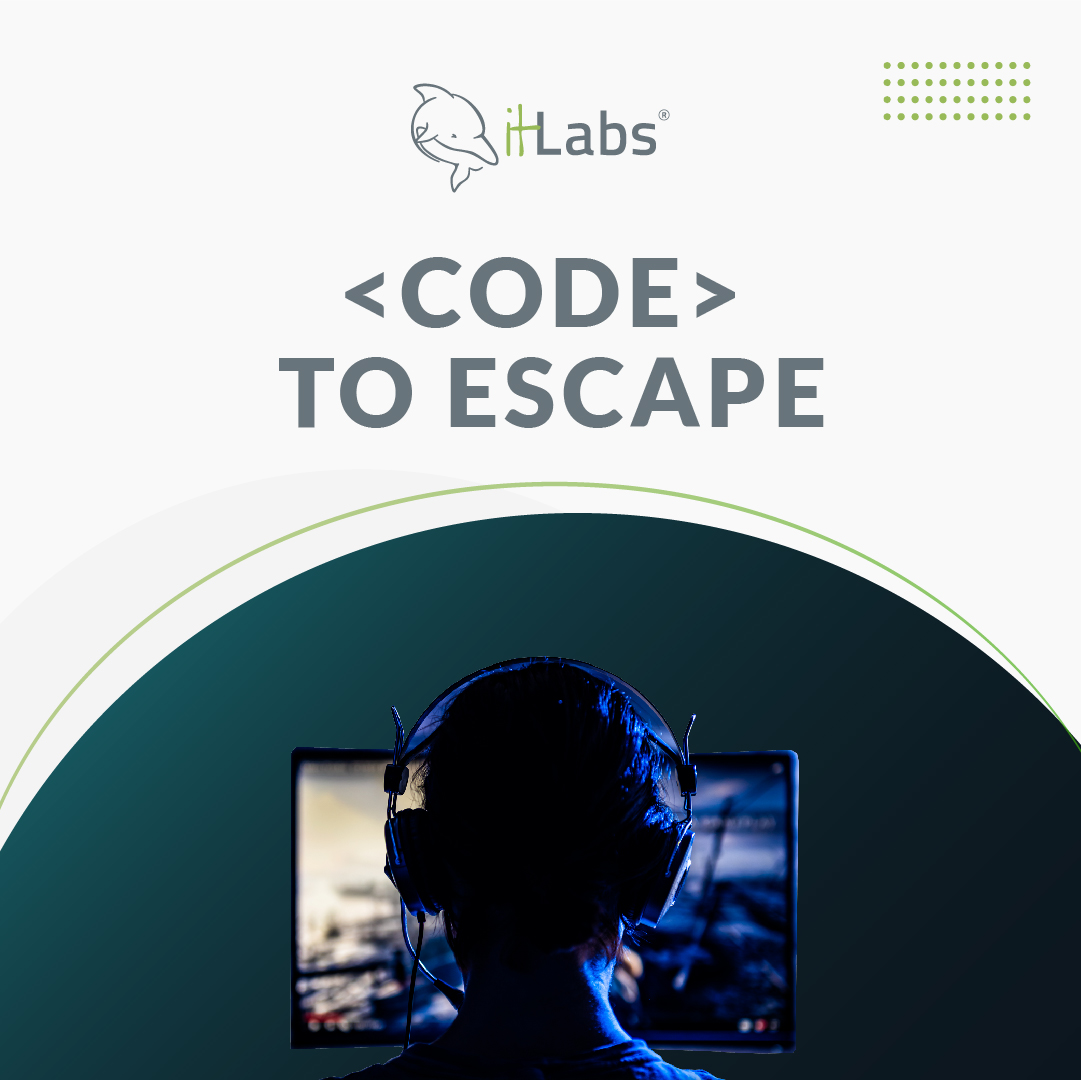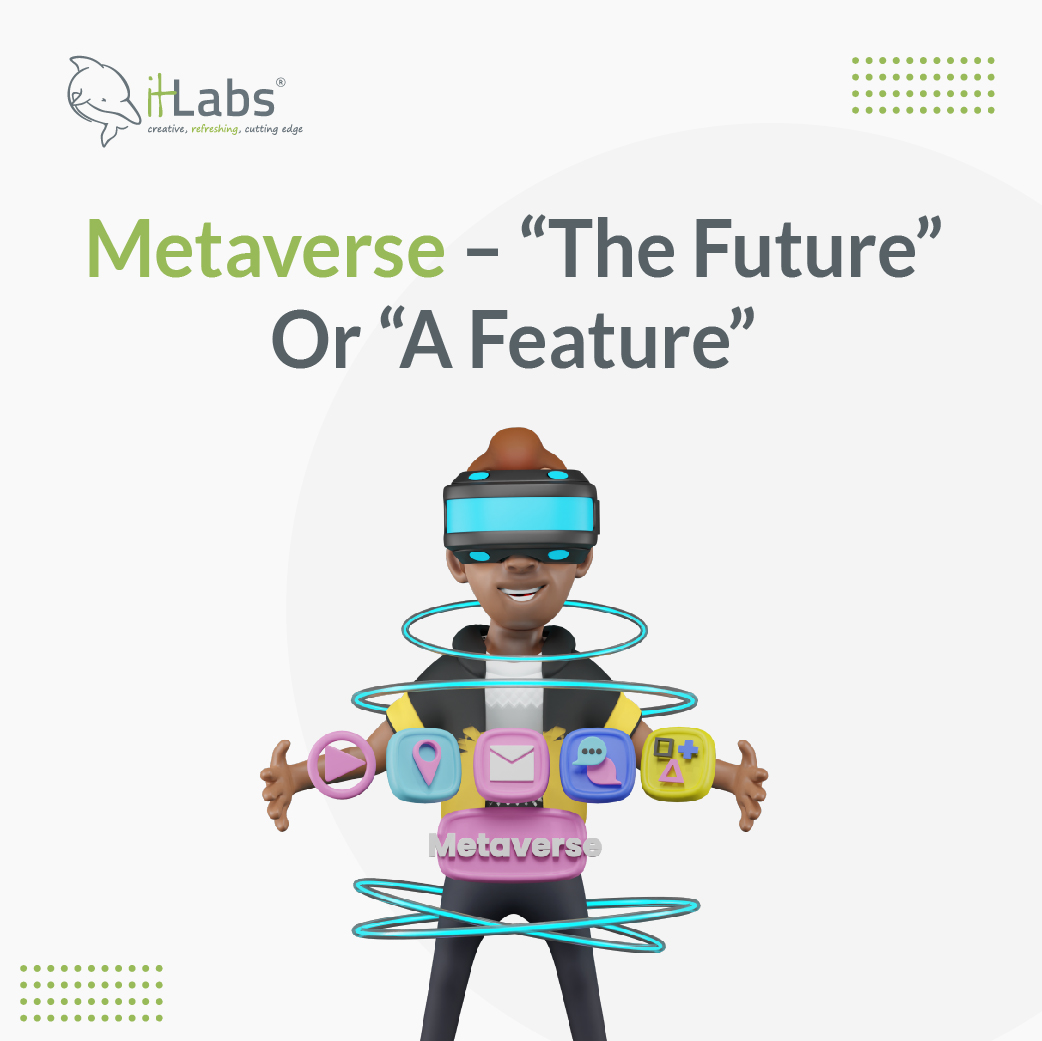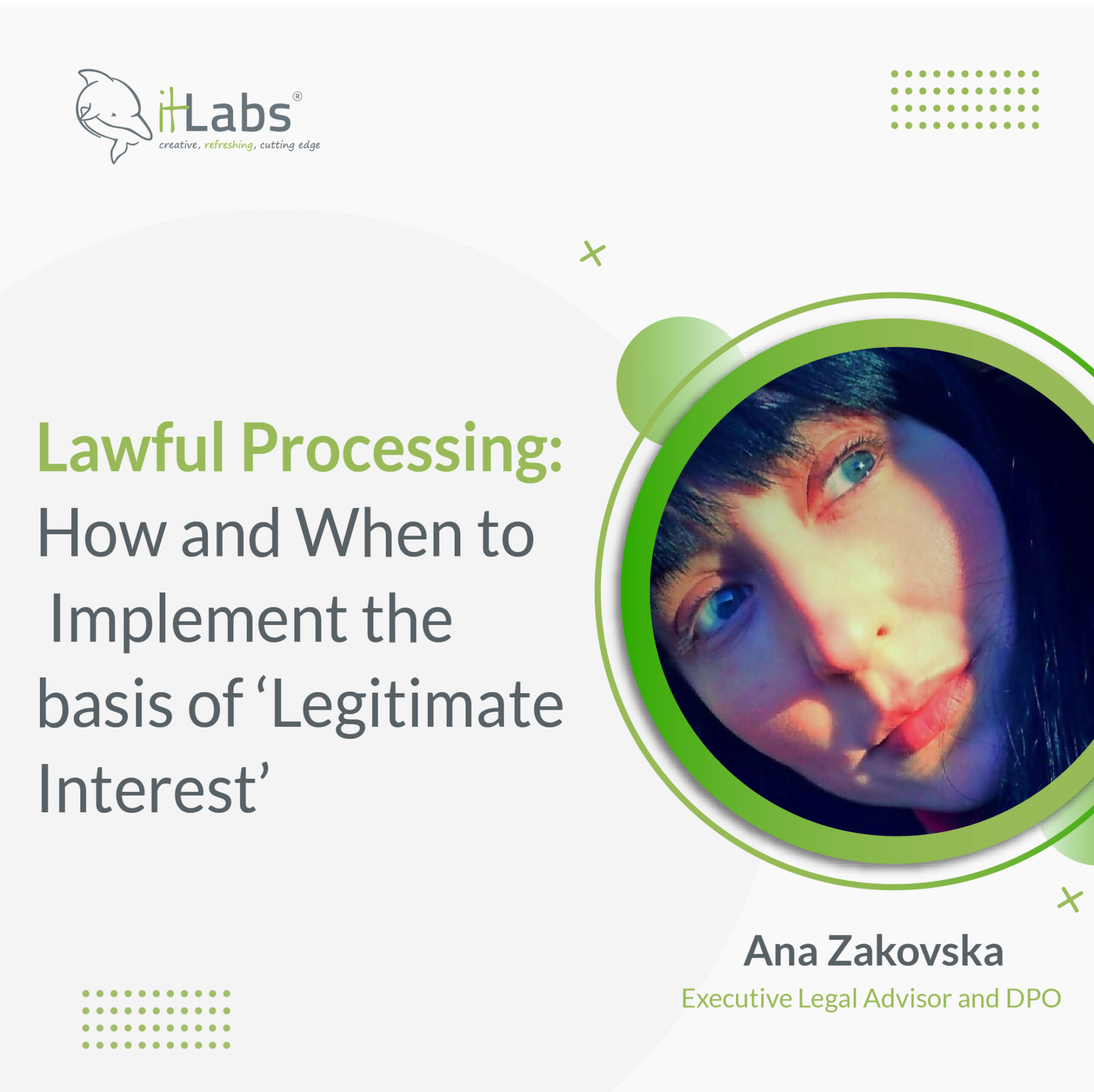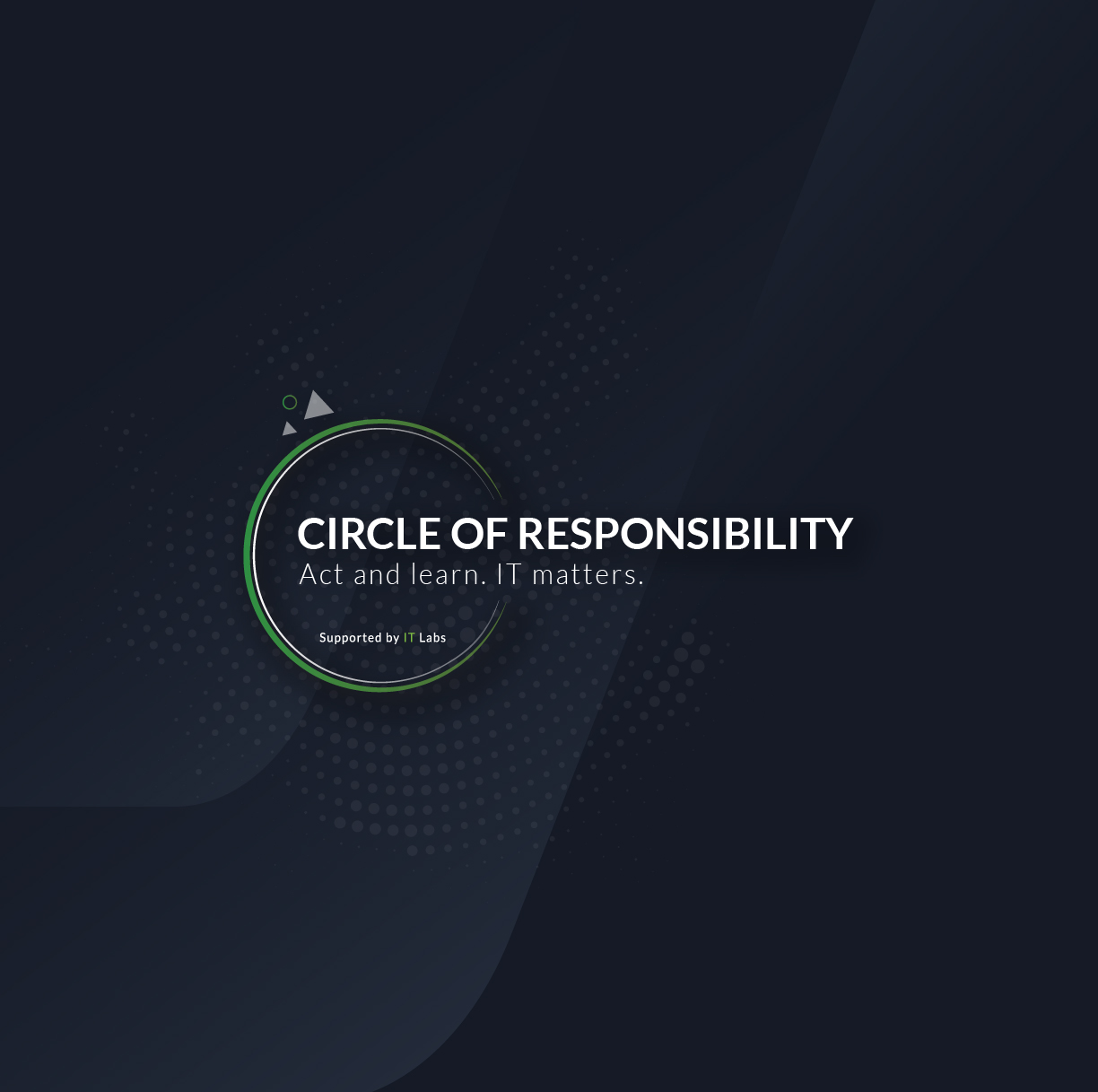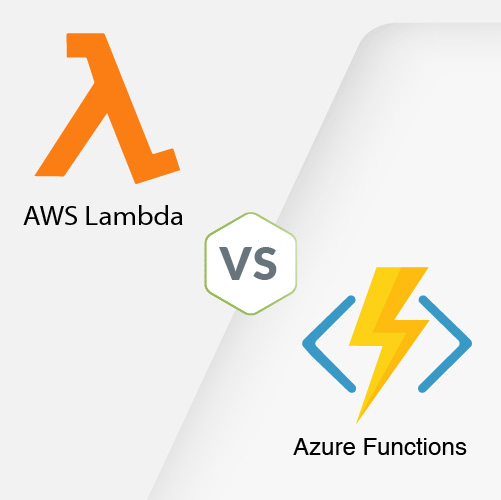Introduction
Two of the most popular frameworks for building modern web applications are React and Angular. Both offer unique advantages and cater to different development needs. Understanding their differences and similarities is essential for developers to choose the right tool for their projects. This article will explore the key distinctions between React and Angular, compare specific features such as form handling, routing, and route protection, and delve into their programming paradigms. Additionally, we will discuss what developers might miss when moving away from Angular.

Key Differences Between React and Angular
Angular:
- Comprehensive Framework: Angular is a complete framework that includes built-in support for routing, form handling, HTTP requests, and more, providing a more opinionated and structured approach.
- TypeScript: Angular is built with TypeScript, a statically typed superset of JavaScript, which offers enhanced tooling, better code quality, and easier maintenance.
- Two-Way Data Binding: Angular provides two-way data binding, synchronizing the model and view automatically, simplifying interactive application development.
- Dependency Injection: Angular has a robust dependency injection system, promoting modularity.
React:
- Library vs Framework: React is a JavaScript library primarily concerned with building user interfaces. It focuses on the view layer and can be integrated with other libraries or frameworks for state management, routing, and other functionalities.
- Flexibility: React offers flexibility in choosing various libraries and tools for different parts of the application. That allows developers to tailor their tech stack to specific project requirements.
- JSX: React uses JSX, a syntax extension that allows writing HTML-like code within JavaScript.
- Virtual DOM: React employs a virtual DOM to optimize updates to the actual DOM, improving performance by minimizing direct DOM manipulation.
Built-In Features in Angular Missing in React
Angular offers several built-in features that are not available out of the box in React:
- Dependency Injection: Angular’s DI system promotes modularity and testability.
- Form Handling: Robust form handling with Reactive Forms and Template-driven Forms.
- HTTP Client: A built-in HTTP client for making HTTP requests.
- Routing: A fully integrated and configurable router.

Moving Away from Angular: What You Take for Granted
When transitioning from Angular to another framework, developers might miss several built-in features and conveniences that Angular provides out of the box. Here are some of the key aspects that you might take for granted when moving away from Angular:
Dependency Injection
Angular:
Angular’s dependency injection (DI) system is one of its core strengths. It allows developers to easily define services and inject them into components and other services, promoting modularity and reusability. This system makes testing more straightforward by enabling the mocking of dependencies.
React:
React does not have a built-in DI system. While you can achieve similar functionality using context and hooks, it requires more boilerplate code and manual setup. This can lead to less clean and maintainable code, especially in larger applications where dependency management becomes more complex.
Comprehensive CLI
Angular:
The Angular CLI (Command Line Interface) is a powerful tool that simplifies the development process. It provides commands for scaffolding new projects, generating components, services, modules, and other entities, running tests, building projects for production, and even deploying applications.
React:
While there are tools like Create React App (CRA) for bootstrapping React projects, they are not as comprehensive as Angular CLI. Developers often need to rely on multiple tools and configurations for tasks like code generation, testing, and building, which can add complexity to the development workflow.
Built-In Form Handling
Angular:
Angular comes with robust form handling capabilities through its Reactive Forms and Template-driven Forms. These systems provide built-in support for validation, dynamic form control creation, and form data handling, simplifying the development of complex forms.
React:
React does not offer built-in form handling. Developers typically use external libraries like React Hook Form to manage forms. While these libraries are powerful, they require additional setup and integration, which can increase the development effort.
HTTP Client
Angular:
Angular includes a built-in HTTP Client module that simplifies making HTTP requests. It provides features like request and response interceptors, automatic JSON parsing, and support for retrying failed requests, making it easier to handle API interactions.
React:
In React, making HTTP requests requires external libraries such as Axios or the Fetch API. While these tools are capable, they lack the integrated features of Angular’s HTTP Client, and developers need to write more boilerplate code for handling requests, responses, and error handling.
Routing
Angular:
Angular’s router is fully integrated into the framework and offers advanced features like lazy loading, route guards, and nested routes. It provides a consistent and powerful way to handle navigation within Angular applications.
React:
React does not have a built-in router. The most popular choice for routing in React is TanStack Router (formerly React Router), which is powerful but requires separate installation and configuration. Additionally, some features like lazy loading and route protection need more manual setup compared to Angular’s router.
Type Safety
Angular:
Angular is built with TypeScript, which provides strong type-checking and advanced IDE support. This leads to fewer runtime errors, better refactoring capabilities, and improved code quality overall.
React:
React can also be used with TypeScript, but it is not mandatory. When using plain JavaScript, developers miss out on the type safety and tooling benefits that TypeScript provides. Even when using TypeScript with React, the integration is not as seamless as it is with Angular, requiring additional configurations and sometimes leading to more verbose code.
Opinionated Architecture
Angular:
Angular provides a highly opinionated structure, which enforces a consistent architecture across applications. This includes a well-defined project structure, coding guidelines, and best practices that help maintain code quality and scalability.
React:
React is more flexible and less opinionated, allowing developers to structure their projects in various ways. While this flexibility can be advantageous, it can also lead to inconsistent codebases, especially in larger teams or projects without strict guidelines.
Built-In Testing Tools
Angular:
Angular CLI includes tools for unit testing and end-to-end (E2E) testing out-of-the-box. It integrates with Karma for unit testing and Protractor for E2E testing, providing a seamless setup for testing your application.
React:
React does not include built-in testing tools. Developers often use Jest for unit testing and React Testing Library for component testing. While these tools are powerful, setting them up requires additional effort, and there is no single integrated solution for both unit and E2E testing.

Angular Reactive Forms vs. React Hook Forms
Angular Reactive Forms:
Angular’s Reactive Forms provide a more structured and model-driven approach to handling form inputs:
- Type Safety: Leveraging TypeScript, Angular ensures better type safety and error checking during development.
- Powerful Validation: Angular offers built-in support for both synchronous and asynchronous validation, making form validation more robust.
- Dynamic Forms: Developers can dynamically add or remove form controls, making it easier to handle complex form requirements.
Example:
export class MyFormComponent {
myForm: FormGroup;
constructor(private fb: FormBuilder) {
this.myForm = this.fb.group({
firstName: [”, Validators.required]
});
}
onSubmit() {
console.log(this.myForm.value);
}
}
React Hook Forms:
React Hook Forms is a popular library for managing form state in React applications. It leverages React hooks to provide a seamless experience:
- Performance: By minimizing re-renders, React Hook Form ensures better performance. It achieves this through uncontrolled components and refs.
- Ease of Use: With a straightforward API, developers can quickly set up and manage forms.
Example:
import { useForm } from “react-hook-form”;
function MyForm() {
const { register, handleSubmit, formState: { errors } } = useForm();
const onSubmit = data => console.log(data);
return (
<form onSubmit={handleSubmit(onSubmit)}>
<input {…register(“firstName“, { required: true })} />
{errors.firstName && <span>This field is required</span>}
<input type=”submit” />
</form>
);
}
Routing in Angular vs. TanStack Router in React
Angular Router:
Angular’s built-in router is a powerful tool for managing navigation and views within Angular applications. It offers several advanced features:
- Lazy Loading: Angular allows for lazy loading of routes, meaning parts of the application are only loaded when needed. This improves the application’s initial load time.
- Guards: Angular uses route guards like CanActivate, CanDeactivate, and CanLoad to protect routes and manage permissions.
- Nested Routes: Angular supports nested routes, enabling developers to create complex routing structures with child routes.

Example:
const routes: Routes = [
{ path: ‘home’, component: HomeComponent },
{ path: ‘about’, component: AboutComponent, canActivate: [AuthGuard] },
{ path: ‘lazy’, loadChildren: () => import(‘./lazy/lazy.module‘).then(m => m.LazyModule) }
];
@NgModule({
imports: [RouterModule.forRoot(routes)],
exports: [RouterModule]
})
export class AppRoutingModule { }
TanStack Router:
TanStack Router (formerly React Router) is a versatile routing library for React applications. Key features include:
- Declarative Routing: Routes are defined using JSX, making the code more intuitive and easier to manage.
- Dynamic Routing: Handles dynamic segments and nested routes, allowing for a flexible routing system.
- Data Loading: Supports data fetching and handling loading states within the route definitions.
Example:
import { RouterProvider, createBrowserRouter } from ‘react-router-dom‘;
const router = createBrowserRouter([
{
path: “/”,
element: <Home />,
children: [
{ path: “about”, element: <About /> },
{ path: “users”, element: <Users /> },
],
},
]);
function App() {
return <RouterProvider router={router} />;
}

Route Protection
Angular Router:
Angular provides a robust system for route protection through the use of guards:
- CanActivate: Prevents unauthorized access to routes.
- CanDeactivate: Checks if a user can navigate away from a route.
- CanLoad: Prevents loading of entire modules if conditions are not met.
Example:
@Injectable({ providedIn: ‘root’ })
export class AuthGuard implements CanActivate {
constructor(private authService: AuthService, private router: Router) {}
canActivate(): boolean {
if (this.authService.isLoggedIn()) {
return true;
} else {
this.router.navigate([‘login’]);
return false;
}
}
}
TanStack Router:
TanStack Router offers a flexible way to protect routes using lifecycle methods such as beforeLoad. This method allows you to perform checks before a route loads, making it ideal for route protection. Using file-based routing, we can structure our code to handle these checks efficiently.
Example:
import { createRoutes, RouterProvider, Navigate } from ‘@tanstack/react-router’;
import Dashboard from ‘./Dashboard’;
import Login from ‘./Login’;
import { useAuth } from ‘../hooks/useAuth‘; // Assume this is a custom hook for authentication
const routes = createRoutes([
{
path: ‘/dashboard’,
element: <Dashboard />,
beforeLoad: async ({ params, location }) => {
const isLoggedIn = useAuth();
if (!isLoggedIn) {
return { redirectTo: ‘/login’ };
}
},
},
{
path: ‘/login’,
element: <Login />,
},
{
path: ‘/’,
element: <Navigate to=“/dashboard” />,
},
]);
const router = createRouter({ routes });
function App() {
return (
<RouterProvider router={router} />
);
}
export default App;
Reactive vs. Imperative Programming
Angular: Balancing Reactive and Imperative Programming
Reactive Programming with RxJS:
Angular supports reactive programming through RxJS, a library for reactive programming using observables. RxJS allows Angular applications to handle asynchronous data streams in a declarative manner. This is particularly useful for tasks like data fetching, where observables can emit data as it becomes available, and Angular templates can automatically react to these changes.

Reactive Forms:
Angular’s Reactive Forms module provides a model-driven approach to handling form input, enabling dynamic form creation and complex validation declaratively.
Imperative Programming:
Angular also allows for imperative programming. Developers can directly manipulate the state or DOM elements, which is useful for tasks that require explicit control. This dual capability provides flexibility in choosing the most appropriate programming style for different parts of the application.
Combining Paradigms:
Angular’s ability to combine reactive and imperative styles makes it highly versatile. Developers can use reactive programming for data management and imperative programming for direct state manipulation when necessary. Services often leverage RxJS/Signals to provide reactive data streams, allowing components to subscribe and react to data changes declaratively.
React: Embracing Declarative and Reactive Programming
Declarative Approach:
React is inherently declarative. Components define what the UI should look like based on the current state and React handles the updates.
Reactive Patterns with Hooks:
React’s hooks, like useState and useEffect, allow for reactive programming by managing state and side effects. useState manages component state, while useEffect handles side effects such as data fetching or DOM updates.
In React, developers describe the UI in a way that React can understand and update automatically when state changes. This leads to a clean separation of state and UI logic, making code easier to read and maintain.
Reactive Data Fetching:
React typically manages data fetching reactively. Hooks enable components to fetch data on mount and update the UI as the data arrives.
Summary
Angular’s hybrid approach supports both reactive and imperative programming, offering flexibility and power through RxJS/Signals and a comprehensive dependency injection system. This balance allows Angular to effectively handle complex applications with sophisticated data management needs. Understanding when to use each paradigm can greatly enhance the development process, leveraging React’s simplicity and Angular’s versatility for efficient and maintainable applications.
React’s declarative and reactive nature simplifies state management and UI updates, making it an excellent choice for building dynamic user interfaces. Hooks provide a powerful way to handle side effects and state reactively, leading to cleaner and more maintainable code.
Conclusion
Transitioning from Angular to another framework or library, such as React, can be a significant shift in development experience. Angular’s built-in features and opinionated structure provide a comprehensive and cohesive development environment that simplifies many common tasks. While React offers greater flexibility and a more modular approach, it often requires additional tools and configurations to match the capabilities provided by Angular. Developers moving away from Angular might miss its integrated tools, type safety, and opinionated architecture, which help maintain consistency and quality across large-scale applications. Understanding these differences can help developers make informed decisions and prepare for the adjustments needed when switching frameworks.





























































